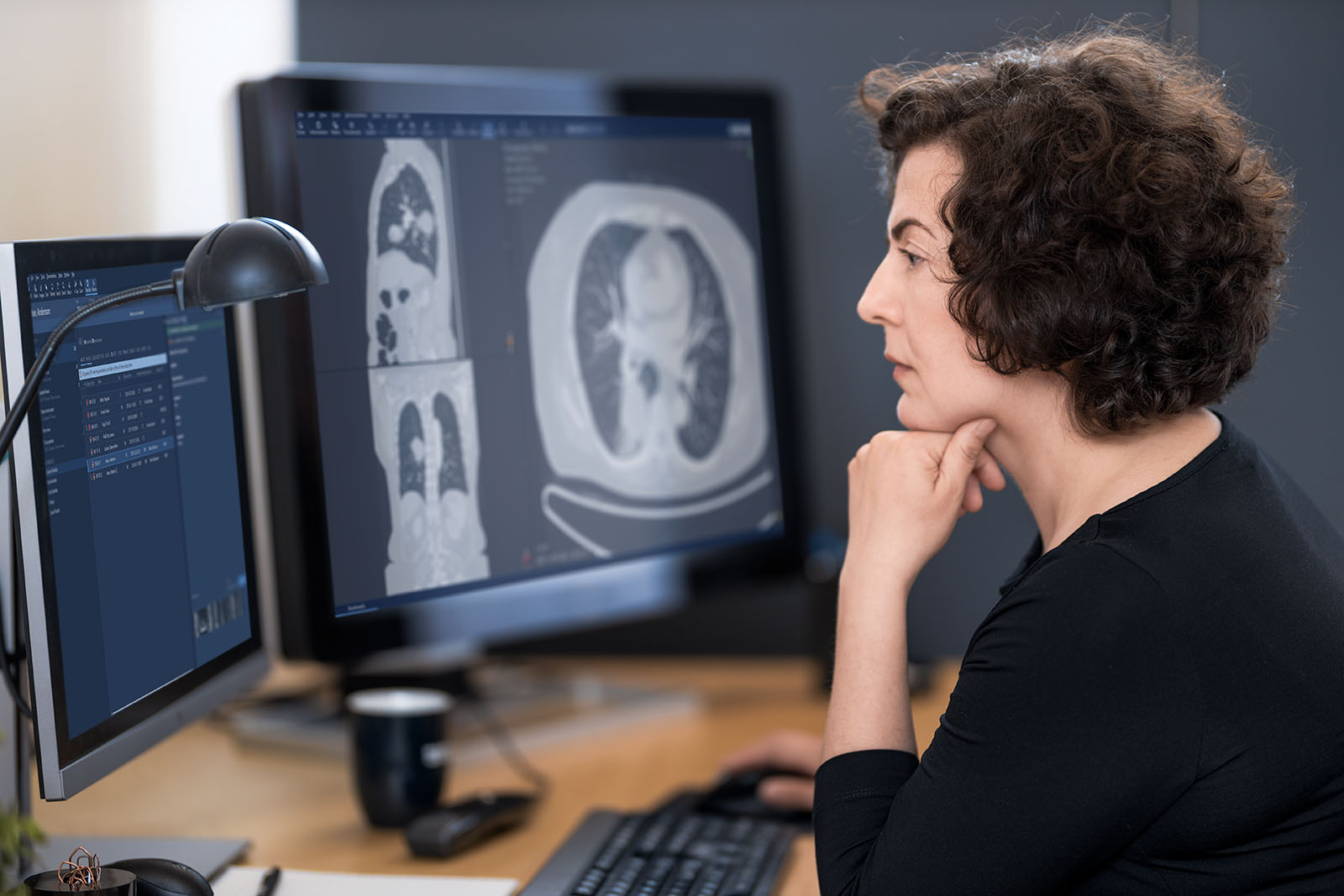Process
We start our process by listening. We send out a questionnaire to the customer about their current way of working, asking about the radiologists’ monitor setup, roles and permissions, and automatic urgency, just to name a few areas.
Next, we combine their answers with our workflow best practices to create a customized blueprint. The customer then only needs to review this blueprint. “We try to come as close to perfect as we possibly can during the first review with the customer. That is why these questionnaires have immense value. While best practices say something about the most efficient way of working, we cannot automatically apply that for every hospital. A small local hospital will have different needs than a large university hospital. The questionnaire helps us get a complete overview to make the transition as seamless as possible,” says Robin.
Afterwards, we create an extensive proposal for the workflow and, together with the customer, review it step by step—going over roles and permissions, layout, worklists and display protocols, reporting and add-ons.
Continuous learning
“We usually combine review days with training,” says Robin. “It is common to train PACS administrators for four to five days at the beginning of a project. But these projects can take months, and something that was explained four months ago might not be as clear now. That’s why we share the knowledge exactly when they need it.” The next step in the process is optimizing the workflows and fine-tuning them based on feedback, after which we are ready for go-live.
“After going live, I usually go back to the customer for several days to assess whether they are using the system to its full potential,” says Robin. “It’s a shame if a hospital buys a feature but it gets snowed under after implementation.”




